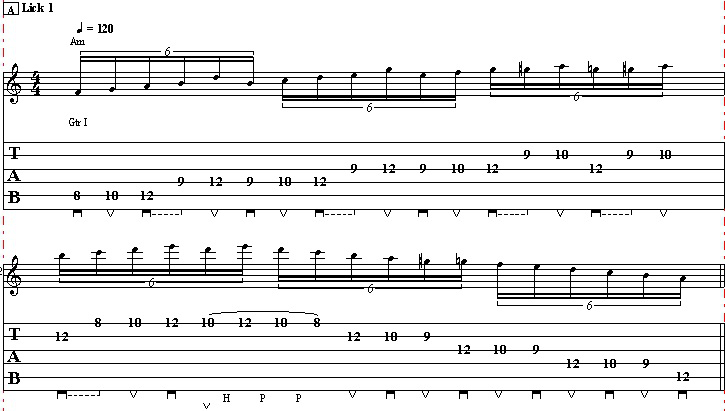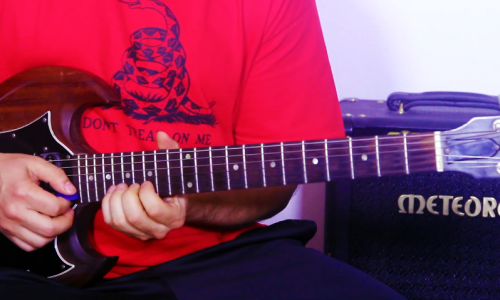Check out How to Play “Happy” by Pharrell Williams – Easy Acoustic Guitar Lesson from Guitar Control instructor Sean Daniel. With the step by step video instruction and free included tabs (just click the link) you will be rockin’ this modern classic in record time.
[ninja-popup ID=715]Happy Introduction
What’s going on everybody? Shawn Daniel here with guitar control. A lot of sadness in the world today everywhere you turn so it’s good to know how to play the song Happy whether it be ironically or legitimately. I think this is kind of a super easy chord progression with three chords to make up a whole song and a riff. We’re going to talk about some kind of different dynamic ways you can make it interesting for this guitar arrangement. So definitely click the link below because I’m going to tab out the riff that we’re doing here and lists the chords so you can follow along a little bit better and basically it can sound a little bit like this… So it’s actually kind of like a fun upbeat way to play, again this is just kind of like a guitar arrangement that’s trying to be faithful to the components of the original that made it such a hit song.
Happy By Pharrell Williams
All right playing with the capo on the first fret and the first chord we’re going to use is E major; so open E string, second fret relative to the capo on the A string with your middle finger, 2nd fret of the D string with your ring finger and pointer finger on the first fret of the G string. Now a lot of times we can switch back and forth kind of you know interchangeably whenever you feel like it. What’s interesting about this it’s a song about happiness and cheerfulness and the arrangement of this and the strumming pattern is really kind of you know tries to get at like the core of what the song is about and the emotions that it tries to convey. So we’re gonna do this at first we’re going to start with the E major and then we’re gonna take you to a E7 and all you got to do is take your ring finger off so the G string is open to make it E7 to kind of give it a little bit of a different vibe. Now really the strumming is kind of the most important part. So if we look at that again up tempo would be like… so all this is really the right hand. The strumming pattern is gonna be like one and two and three and four and one and two and three and four and slow it down even more than that one and two and three and four and one and two and four. Now unless I’m not counting it as like one and two and three and four and it’s swung a little bit; so all those beats aren’t gonna be like exactly how you would line it up on a grid and like a software program or something like that, but being able to count in a swing I think it’s kind of important to help you really learn a strumming pattern like this. Now the reason that it has forward propulsion is because we’re getting a lot of strums on the and count on the upstroke. So what I mean by that is if every downstroke one two three four is a full number on the end of one one-and two-and three-and four-and is going to be upstroke. So one and two now the end of two and the and of three are gonna be kind of pronounced and now you’ll notice that on the back end of that bar the four of the and of four I’m getting a muted… Because we’re kind of back loading the end of shoot at the end of three along with mutes followed up it kind of gives you this driving force that is something that you can really kind of look once you get that, I don’t use that and absolutely any song doesn’t have to just be this song, but big fan of being able to dynamically strum things so it’s just super important no matter what kind of guitar style strumming.
Okay now we’re gonna chase that E to E7 progression with a version of the riff and it’s really easy and it sounds like this… almost kind of like a bluesy minor pentatonic thing over an E7, which is almost kind of ironic. This is kind of like a bluesy thing when you break it down into like just a guitar thing, but it’s so happy, it doesn’t make a lot of sense but it works. Open three, open A, 3E a hammer-on, an open it to back open. So again click the link below because I think for this it might even be a little bit easier just to see it in a tab form; open 3 A3 you hammer-on and then the last part is open 3. Now last one can kind of be the intro of the root note and again really an interchange that you can do it in the same bar…




